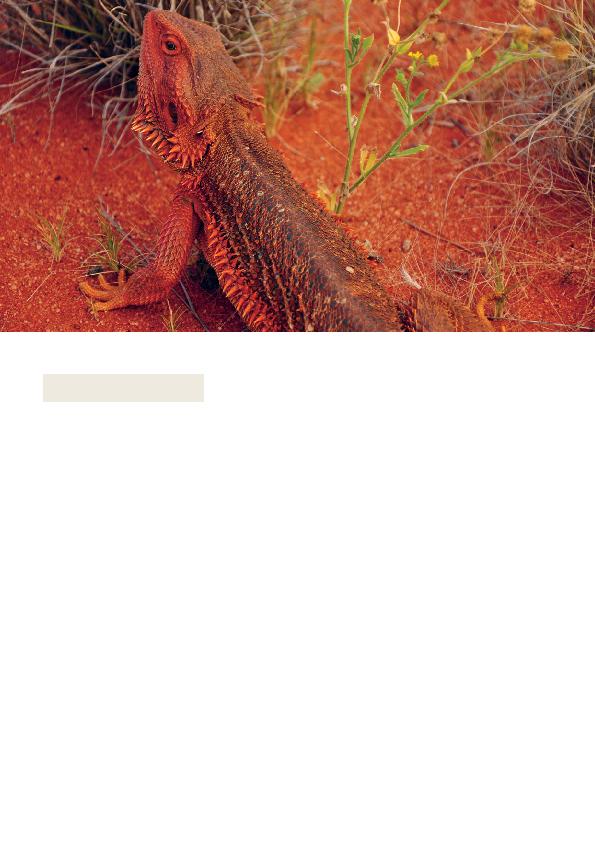
care we strive for continuous improvement.
We trial new techniques and learn and adapt
as we go. Each year we aim for greater
efficiency and better results.
Bon Bon Station Reserve, SA
grant from the Native Vegetation Council
of South Australia as part of its Significant
Environmental Benefit Grants program.
The project focuses on dealing with the
main threats to Bon Bon's conservation
values and specifically on mapping and
removing rabbit warrens from key areas.
Our aim is to replicate the very successful
rabbit management program recently
undertaken on Boolcoomatta Reserve, SA,
where approximately 7500 warrens were
mapped and removed. So far on Bon Bon,
about 32 000 hectares have been mapped
and 1800 active rabbit warrens found.
ground where good food resources are
available. This is frequently along or around
water courses. These same areas have
historically been used by Aboriginal people.
Therefore, before removing any warrens
we work with traditional owners to identify
and map areas of cultural significance to
ensure that we are also protecting Indigenous
cultural heritage on the reserve.
property, we also unexpectedly discovered
and mapped 220 southern hairy-nosed
wombat burrows. The wombats are
breeding successfully and appear to be free
of the debilitating disease Sarcoptic mange.
The discovery of this population on Bon Bon
significantly extends to the north this species'
known range.
Reserve, WA
Gondwana Link, WA, is a benchmark for
ecological restoration regionally and more
widely across Australia. Overseen by Bush
Heritage's Healthy Landscape Manager,
201213 is part of a multi-year revegetation
plan for a total area of 400 hectares.
seedling varieties and planting densities
are matched to soil type to replicate eight
different vegetation associations. In addition,
of banksias and hakeas from which the
wider landscape can later be colonised.
Sixteen `habitat piles' of rocks and timber
debris were created to provide shelter for
reptiles, echidnas and possibly marsupials
that would otherwise be slow to recolonise.
against which the quality of the developing
wildlife habitat will be assessed as the
vegetation develops. Twenty-one permanent
vegetation monitoring plots were established
immediately after the plantings were
completed. So far, the monitoring confirms
that the diversity and density of plantings
are appropriate for the desired vegetation
associations. We continue to refine our
methods as we learn more.
Bon Bon Station Reserve, SA.
Photograph by Craig Norris